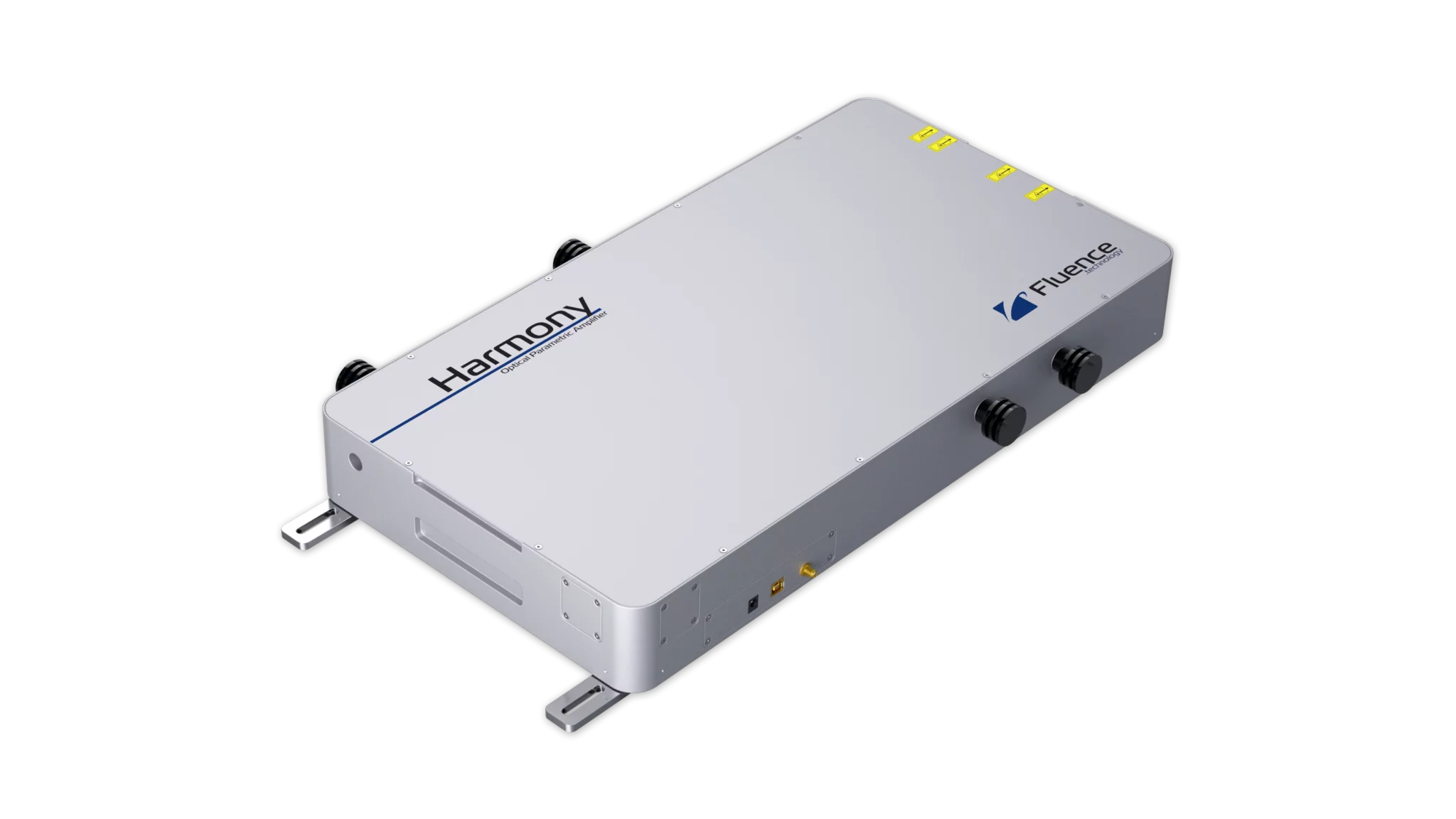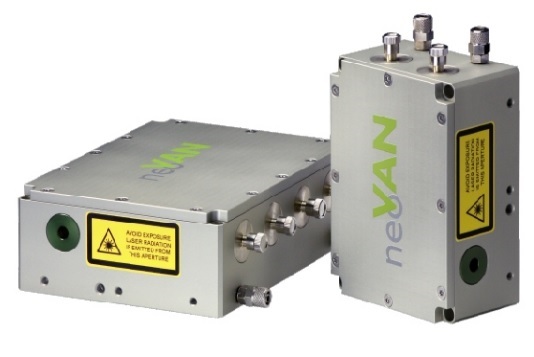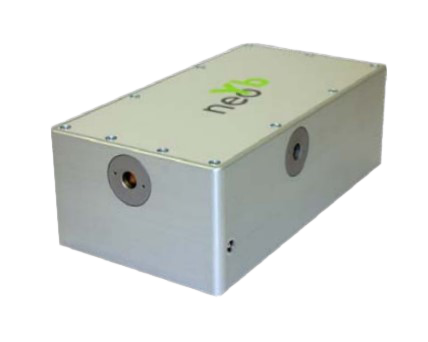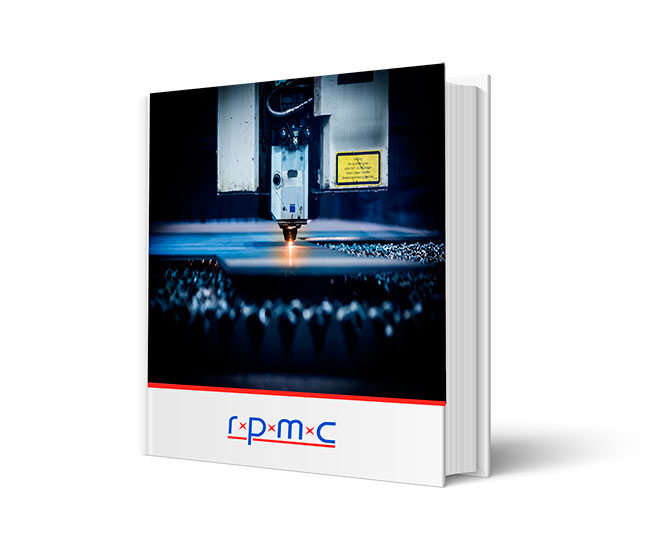Harmony
OPA for Jasper X0 & Jasper Flex, 630 – 2600 nm, <180 fs
Key Features:
- Quick and precise, all-automated tuning
- Four synchronized & tunable wavelength outputs
- Integrated mini spectrometer
- Passive and stable
- Customizable options
There are many configurations and options available. If you do not see exactly what you need below, please contact us!
Need Quantities? Have a question?
POPULAR CONFIGURATIONS:
Picture |
Part Number |
Part Description |
Datasheet |
Price |
Lead Time |
|
|---|---|---|---|---|---|---|
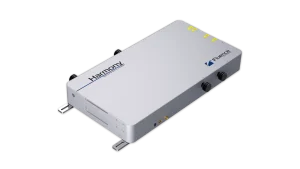
|
Harmony |
Optical Parametric Amplifier for Jasper X0 and Jasper Flex, 630 – 2600 nm tuning range, software controlled, <180 fs from 630 – 900 nm (calculated) |
|
Inquire |
Get Quote |
Harmony: Optical Parametric Amplifier for Jasper X0 & Jasper Flex
The Harmony series is a single-box optical parametric amplifier that converts ultrafast pulses from Ytterbium-based lasers into broadly tunable pulses with wavelengths ranging from 210 nm to > 10 µm. With intuitive, user-friendly PC software, an integrated mini spectrometer enables automatic tuning from 315 to 2600 nm. Designed to operate from a single pulse up to 300kHz rep. rate with pump pulse energy from 30 µJ to 200 µJ, Harmony is compatible with all Ytterbium-based femtosecond lasers, but it works best with the Jasper series: the Jasper X0 & Jasper Flex lasers featuring exceptional beam-pointing stability.
Benefits:
| Wavelength (nm) | 210-310, 2600-10000, 315-630, 630-2600, Multiple Wavelength Options |
|---|---|
| Pulse width |

 SHIPS TODAY
SHIPS TODAY 